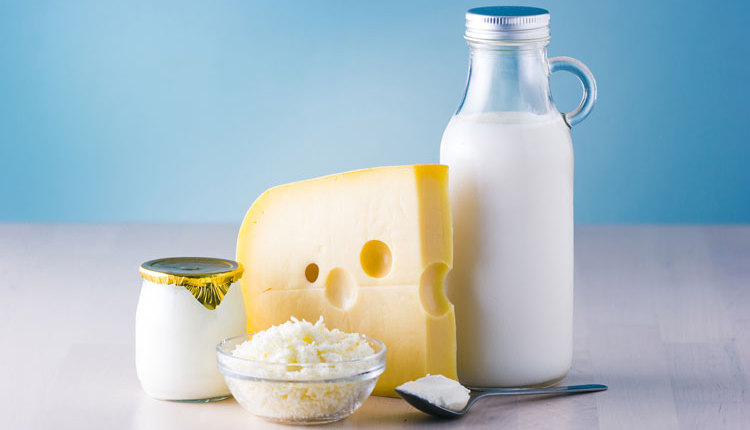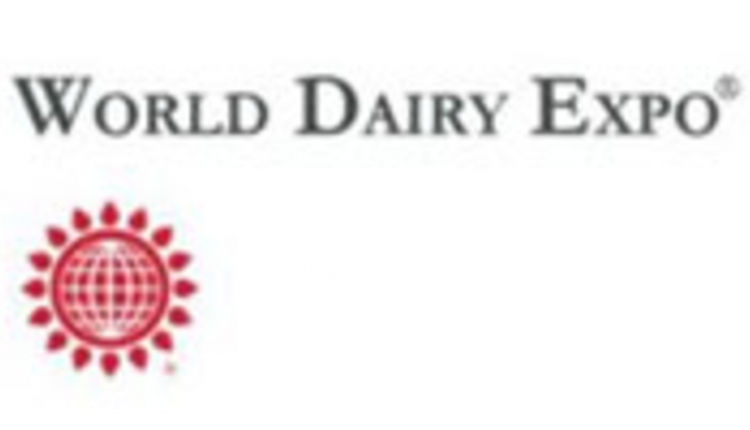
The newly released Dietary Guidelines for Americans, 2020-2025 was filled with many positives for the dairy industry, but as commentators on the January 6, 2021, Hoard’s Dairyman DairyLivestream discussed, not all dairy products are treated synonymously by the document.
“There’s three products that are consistently mentioned throughout this report when it starts to do for examples — milk, yogurt, and cheese,” Cornell’s Andy Novakovic explained. “Milk and yogurt in their low-fat or no-fat (nonfat) forms . . . without a lot of added sugars in the yogurt . . . are always mentioned in a positive way. No restraints, no buts, rather always talked about in a positive way.
“With milk and yogurt, the only challenge we have there is to really put forward nonfat and low-fat products that consumers will agree taste good and satisfy taste preferences,” he continued.
On the other hand, higher fat products like cream cheese, sour cream, and butter carry a more negative connotation in the guidelines.
A little low on calcium
“MyPlate does specifically exclude sour cream, cream, and butter in the dairy group because their calcium content is not the same as other dairy products like milk, yogurt, and cheese. That’s not new; that has been the case in previous versions of the guidelines,” detailed Michelle Albee Matto, who is a principal at AM Food and Nutrition and is the nutrition lead at International Dairy Foods Association (IDFA).
While this discount of creams and higher fat products is not a new development, it does highlight an area of research emphasis that the industry has been promoting for a few years. Specifically, that is the role of fats in providing satiety in human diets. This is an area that the DairyLivestream commentators felt might have a place in the guidelines someday if research continued to support it.
Cheese in the diet
A final dairy product straddles the line between a glowing response and a more negative light in the dairy guidelines, and that is cheese, which is the industry’s growth engine.
“Cheese is a little bit more difficult, and one of the reasons why is it’s relatively high in fat. It also contains sodium although it does depend on what the variety is,” shared Novakovic. “The other thing is that cheese is a companion food in a lot of so-called refined grains mixtures. We’re talking about things like sandwiches, burgers, quesadillas, other types of Mexican food, and foods that are rice dishes.”
The refined grain mixtures mentioned in Novakovic’s comments are a huge area of concern for the committee that drafts the dietary guidelines every five years. This category tends to be high in fat and carbohydrates and is a key area of attention to reduce intake. Therefore, as the seasoned Cornell economist mentioned, the cheese story is a little more nuanced.
“I think that pops up as something we need to continue to work on to try to figure out how to address what concerns might exist about cheese,” he concluded.
An ongoing series of events
DairyLivestream will air twice each month. The next broadcast will be on Wednesday, January 20, 2021. Each episode is designed for panelists to answer over 30 minutes of audience questions. If you haven’t joined a DairyLivestream broadcast yet, register here. Registering once registers you for all future events.







